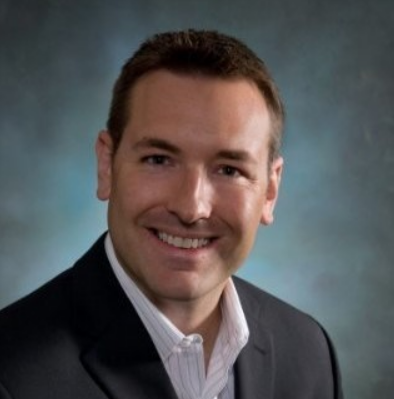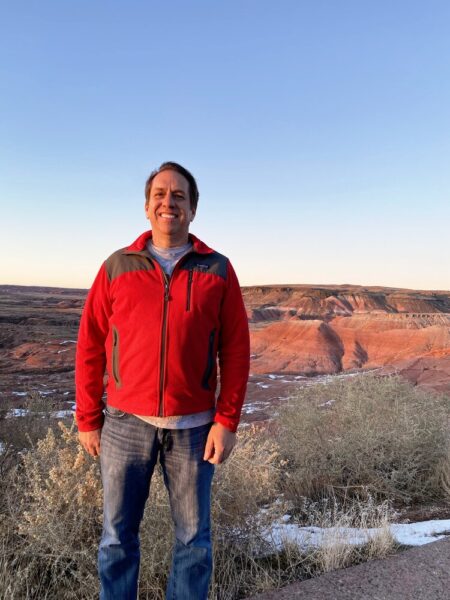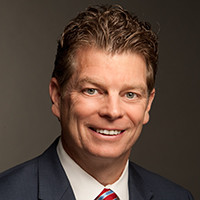 We are thrilled to continue with our Due Diligence interview series and sitting down with Ben Patton, Senior Planning and Development Advisor for Urban Land Advisors. Ben may be reached at benjpatton@yahoo.com.
We are thrilled to continue with our Due Diligence interview series and sitting down with Ben Patton, Senior Planning and Development Advisor for Urban Land Advisors. Ben may be reached at benjpatton@yahoo.com.
TMG: Ben – your career has an interesting arch. Seemingly centered on infill. Share your background, where you are now and what is it about infill that draws you in? (Know you’re a good Iowa boy)
BP: Ha! I’ve certainly had a very dynamic career in the field of urban planning. Although I am originally from Iowa – not exactly the epicenter of urban development activity – I have always been drawn to the energy created by urban environments. After graduate school I began my career in a pretty “standard” way for a Planner…as an entry-level employee with an expectation that someday I would become a Planning Director. But after my wife and I moved to Arizona 20 years ago my journey led me to the private sector (i.e., “the dark side”). Positions with law firms, architects, engineers, general contractors…even lobbying firms reinforced my need to a part of active, creative environments. Throughout these experiences I never deviated from my passion to advocate for the “fine grain” of urban infill sites. Even today, I find no greater professional joy than participating in the problem solving that is required to make these small wonders possible.
TMG: We swore we wouldn’t talk covid but hard to escape that there are questions how office, workspace will look like in the future. What adjustments are you seeing on the ground?
BP: It’s hard to have any discussion today without acknowledging the impact COVID has had and will have on our built environment. I think there are really two takeaways…one good and one bad: First, COVID seems to have had an ironic effect on infill. That is, while it surely has suppressed our active built environment, I am sensing that people are even more excited to re-connect in a social way. Many urban advocates sense that there will be a strong rebound effect for the cool, hip spaces that make a City great. Second, it appears that COVID has had the effect of making construction pricing rise to, in some cases, an unsustainable place. The price of mass lumber, for example, has risen so quickly that many smaller projects have become unworkable at all, and many others are on hold. This pricing phenomenon is already causing a shift in the way developers evaluate the way land and buildings are developed.
TMG: Infill is about vision, opportunity and taking risks. And let’s be real, it’s also about politics. Talk about “political due diligence”. What is it, what it entails? What are some of the key components? Does it start and stop at city hall?
BP: Great question! The quick answer is yes, it really does start and stop at City Hall. But it is such a dynamic process. The “start” is with development services and planning staff at the City, who help developers create a roadmap for the pre-development process. The “stop” typically occurs with a Council vote or some other such endorsement by a City-affiliated body. But along the way the rubber meets the road with effective outreach to neighbors and community stakeholders that are affected by the project. Urban infill has always had a much higher vibration of this outreach because established neighborhoods have a greater intensity of self-identification. That is…they care so much about “who they are” and therefore the political outreach process for development becomes even more important.
TMG: Phoenix and surroundings are experience significant population growth. We see what is happening to housing prices. How is impacting infill? Harder for deals to pencil?
BP: Oh man, is it ever! Everyone knows that housing prices are sky high these days due to a suppressed inventory and high demand. However, from the urban infill perspective, the bigger issue is the relationship between elevated land costs AND construction pricing relative to rents. So, if you can imagine a chart with those three variables, ideally, they follow an equally upward trajectory to ensure that profit margins are stable. However, rents in most infill areas are not seeing this increasing trend so many projects are simply not penciling. We are all hoping that stability returns in this environment as we crawl out from the COVID era.
TMG : We appreciate you sitting down with us Ben. With your 20 + years’ experience, what “things to think about” when looking to plan an infill development can you leave with us?
BP: Infill development is where real place-making and soulful city development occurs. While we are all excited about the large-scale economic development activity around greater Phoenix, the creative design, density, walkable streets, art, and local business environment in our established neighborhoods is the real magic. Unfortunately, it is these wonderful locations where the greatest challenges to development still lie…with the number one challenge being a lack of predictability. I’d say we need to inspire our local leaders to improve the regulatory and process environment to help infill development overcome the natural barriers it faces and to celebrate these amazing neighborhoods.
Interested in continuing the conversation? Ben may be reached at benjpatton@yahoo.com. TMG also welcomes the opportunity for a friendly conversation, so reach out at anytime.
Stay tuned next time as we sit down with another leading Due Diligence Professional.

 Welcome to The McGovern Group’s Due Diligence Series where we sit down with leading professionals from various disciplines on DD trends and insight. Today we are here with Frank Demeter of Keig Financial, a commercial real estate finance company for his views on the market and the future! Frank may be reached at
Welcome to The McGovern Group’s Due Diligence Series where we sit down with leading professionals from various disciplines on DD trends and insight. Today we are here with Frank Demeter of Keig Financial, a commercial real estate finance company for his views on the market and the future! Frank may be reached at  Hello TMG Community! We are super excited to introduce a new interview series with leading Due Diligence professionals. Here you will hear from a variety of leaders from a variety of disciplines on subjects that affect your business.
Hello TMG Community! We are super excited to introduce a new interview series with leading Due Diligence professionals. Here you will hear from a variety of leaders from a variety of disciplines on subjects that affect your business.  The McGovern Groups was recently asked, “Do we really need to do this due diligence? The building and the company seem perfectly clean.” And they did appear “clean”. It turns out the local municipality wanted to impose a wastewater permit with onerous conditions. Thankfully, our client performed their due diligence and were able to work it out.
The McGovern Groups was recently asked, “Do we really need to do this due diligence? The building and the company seem perfectly clean.” And they did appear “clean”. It turns out the local municipality wanted to impose a wastewater permit with onerous conditions. Thankfully, our client performed their due diligence and were able to work it out.